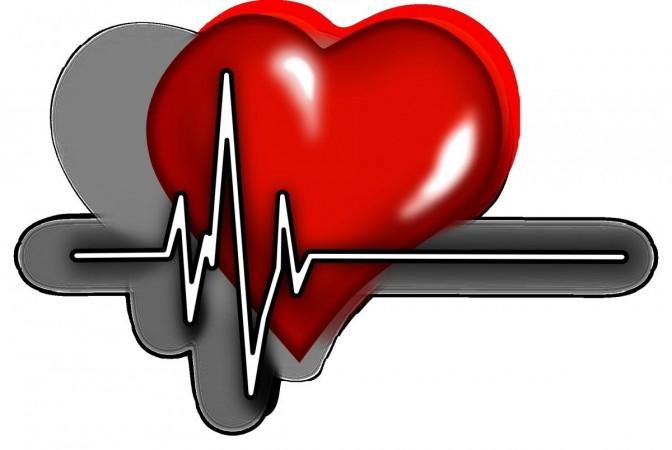
The cardiac screening tools used currently may be missing out 45 per cent of people at actual risk of heart attacks, according to a new study.
The study, led by Mount Sinai researchers in the US, exposed a major flaw in patient care and showed that relying on risk scores and symptoms alone may not help prevent the risk of a heart attack.
The results, published in a brief report in the JACC: Advances, stressed the need to focus on the silently building plaque.
"Our research shows that population-based risk tools often fail to reflect the true risk for many individual patients," said corresponding author Amir Ahmadi, Clinical Associate Professor of Medicine (Cardiology) at the Icahn School of Medicine at Mount Sinai.
"If we had seen these patients just two days before their heart attack, nearly half would not have been recommended for further testing or preventive therapy guided by current risk estimate scores and guidelines," Ahmadi added.

To understand the accuracy of a widely used tool, the atherosclerotic cardiovascular disease (ASCVD) risk score, and of a newer measure, called PREVENT, which adds variables and is intended to provide a more comprehensive estimate of cardiovascular risk along with symptomatic screening, the team analysed data from 474 patients under age 66 with no known coronary artery disease.
They found that if patients who had their first heart attack had been evaluated two days earlier, nearly half of them would have been labelled as low or borderline risk and not recommended for preventive therapy by ASCVD, and more than half of them would have been so labelled by PREVENT.
Overall, 45 per cent of patients would not have been recommended for preventive therapy or diagnostic testing under current ASCVD-based guidelines, and this number increased to 61 per cent when using the newer PREVENT calculator.
Most patients (60 per cent) did not develop symptoms such as chest pain or shortness of breath until less than two days before their cardiac event, showing that symptoms often appear too late to help with changing the course of the disease.
The Professor stated that instead of relying on risk scores and symptoms as primary gatekeepers for prevention, it may be better to "move toward atherosclerosis imaging to identify the silent plaque -- early atherosclerosis -- before it has a chance to rupture".
(With inputs from IANS)

















